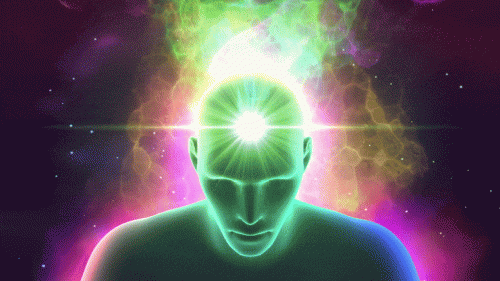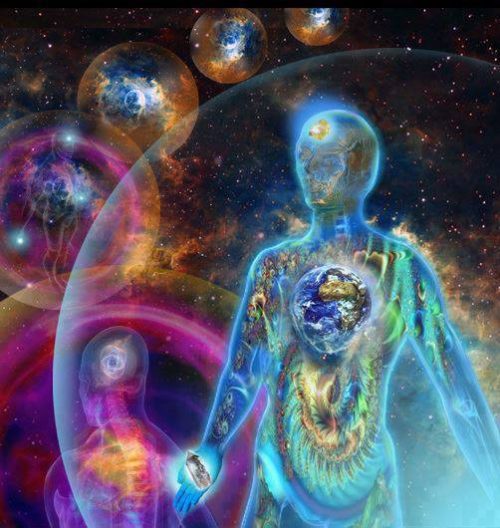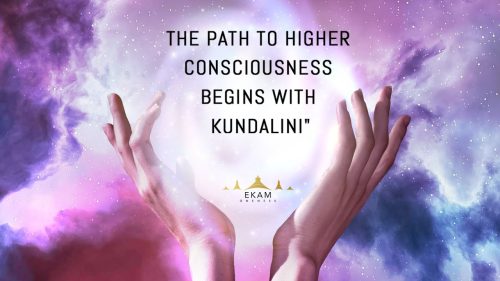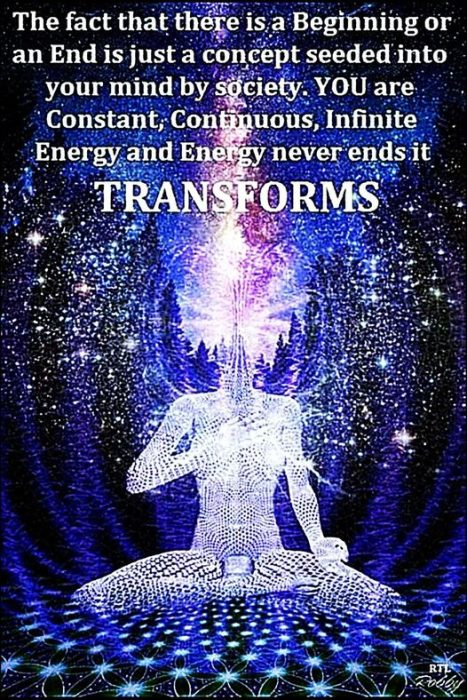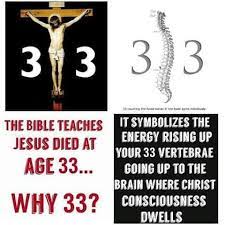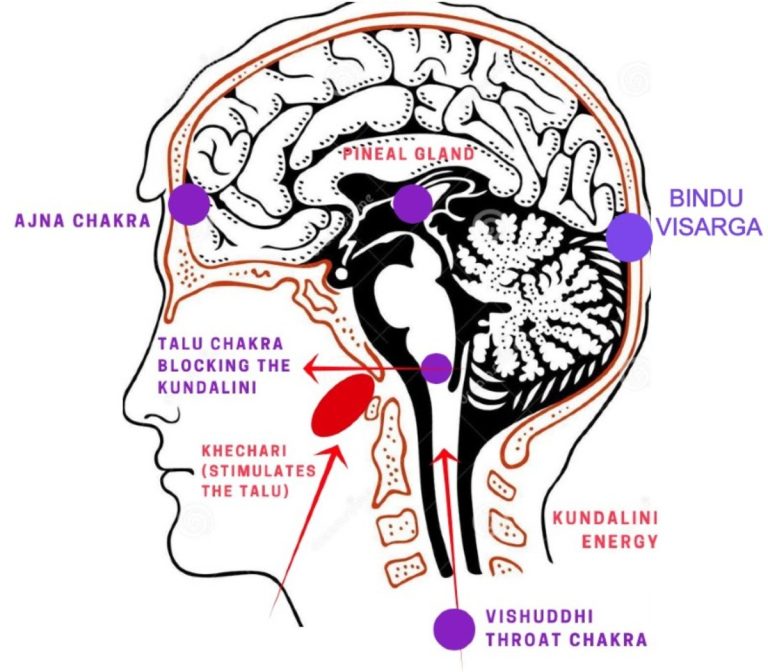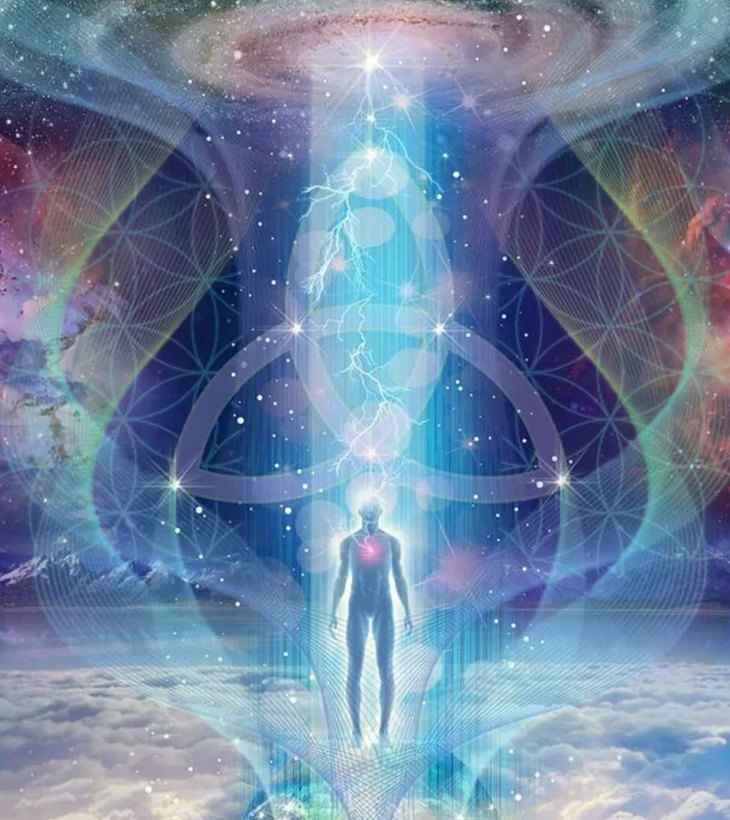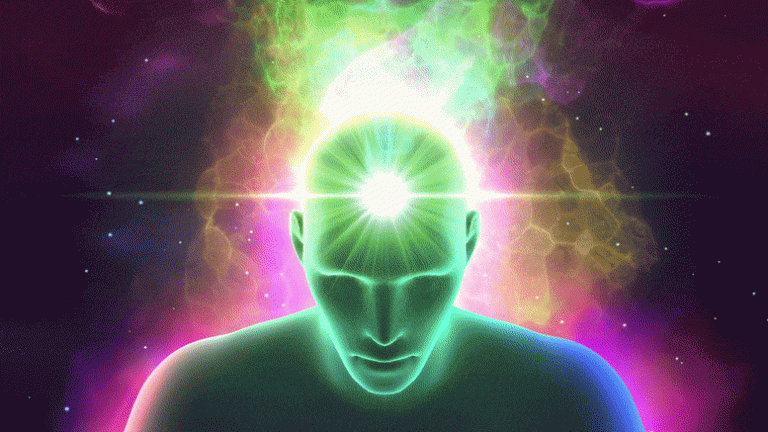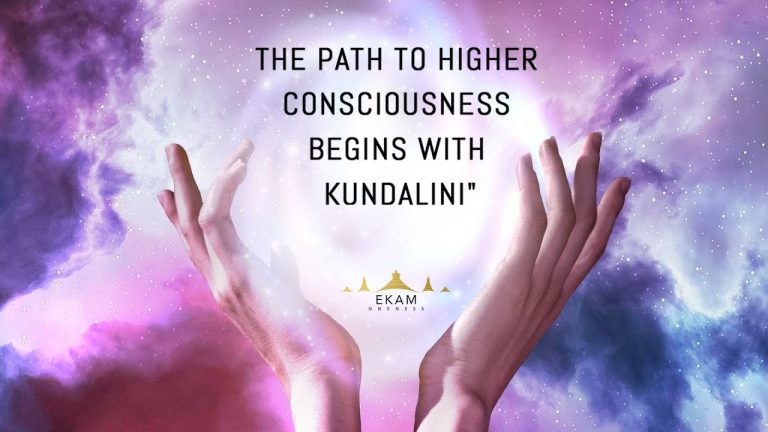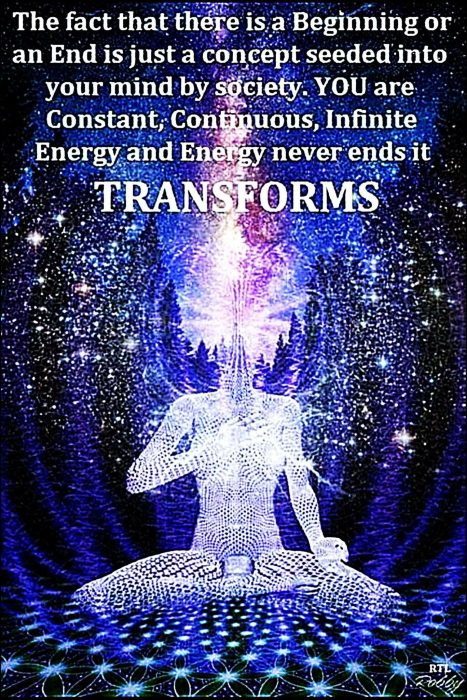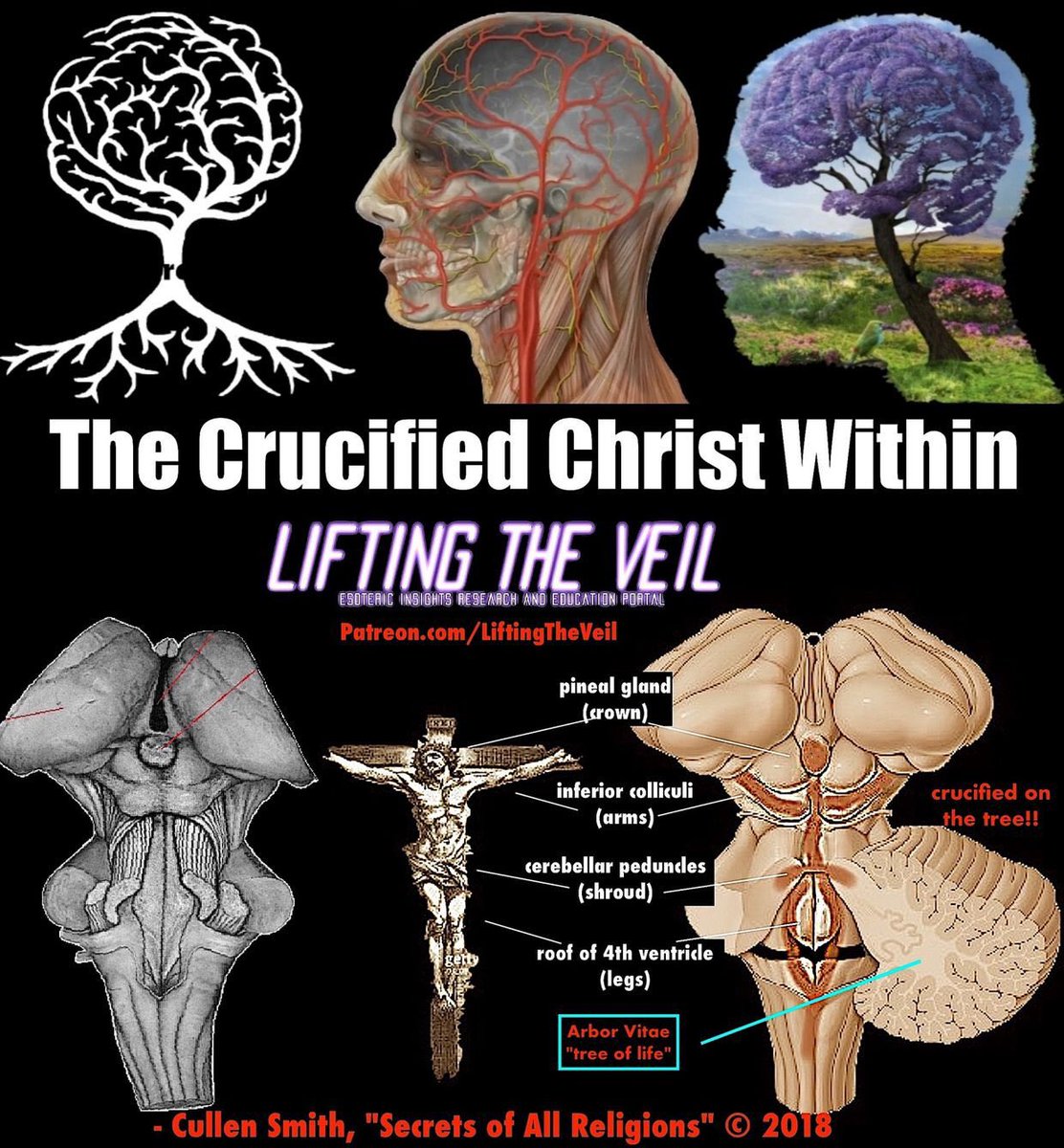
According to Christian alchemy, all three phases of the Great Work were played out in the last three days in the life of Jesus. The Black Phase of alchemy was Christ’s suffering on Calvary; the White Phase was his lingering death on the cross; and his resurrection was the perfection of his soul in the Red Phase of alchemy. The Gr. kranion, Heb. golgotha, Lat. calvaria, Eng. “skulL” “crucifixion” takes place in the brain. In Christ, Death becomes Life.
Many men have searched for the secret to create a philosophers’ stone, and many have perished in the process. It is a dangerous procedure that has been lost, intentionally, by those who practice the art of alchemy.
This art, though practiced with good intentions, has been deemed a “dark art” and shunned among the scientific community, as well as the ancient covens that initially supported it. It is no surprise to those within these communities that alchemian sorcery has been out-lawed, given that the primary ingredient for creating a philosophers’ stone, an alchemist’s most important tool, is death.
Verily, verily, I say unto you, Except a corn of wheat fall into the ground and die, it abideth alone: but if it die, it bringeth forth much fruit. Bible, King James Version, John 12:24.
In Christ, Death becomes Life.
For the Christ-Will in the encircling Round holds sway In the Rhythms of Worlds, blessing the soul.
If only a spark of this ‘higher love’ is present—only once in the Mystery of Golgotha it shone forth on Earth in full measure—the physical body of a human being can be penetrated by the resurrected Christ’s Phantom that is capable of overcoming the forces of death, even extending into earthly matter.
Christian alchemy began in the Middle Ages in the writings of alchemists who saw parallels between the Great Work and the life of Christ. Christ was viewed as the Philosopher’s Stone and referred to in many treatises as simply the Lapis (“the Stone”).
Christian mystics view the Sacred Marriage as the union of one’s soul with the eternal spirit of Christ. Christ consciousness is born out of that union, and Christ himself, as the Philosopher’s Stone, then becomes the magical touchstone that transforms one’s life.
In Christian alchemy, every event in the life of Christ is a metaphor for operations in the Great Work. The virgin birth and nativity of Jesus represent the birth of the Philosopher’s Child, and his subsequent separation, conjunction, fermentation, and sublimation produced the essence of the Divine Life that is available for all of us to follow.
The Holy Sacrament is believed to contain the most profound secrets of spiritual alchemy and is said to offer anyone a way to experience the transformation of the soul. Out of this ritualistic mystical marriage, Christ as the Philosopher’s Stone is born again within the worshipper.
“Transubstantiation” is the Christian term for the process of alchemical transmutation. It is the mystical process of becoming the body of Christ in the sacrament of the Eucharist. Worshippers partake of the bread, which is the body and nature of Christ, they partake of the wine, which is the blood and life force of Christ, and they become one with Him. The accompanying rituals of the sacrament transform the bread and wine into vehicles of spiritual power.
According to Christian alchemy, all three phases of the Great Work were played out in the last three days in the life of Jesus. The Black Phase of alchemy was Christ’s suffering on Calvary; the White Phase was his lingering death on the cross; and his resurrection was the perfection of his soul in the Red Phase of alchemy.
In both Gnostic and Christian alchemy, the place where the supreme mystery of the Sacred Marriage occurs is called the “Bridal Chamber,” which seems to be a metaphor for the human brain. The Gospel of Philip instructs the initiate that he will receive the heavenly light in the Bridal Chamber. “If anyone does not receive the light while he is here,” it warns, “he will not be able to receive it in the other place, for when he leaves the world, he has already received the truth.”
When Christ, as representative of all humanity, overcame the power of death at the Mystery of Golgotha, humanity received the phantom body back again as resurrected body. Thus Christ’s deed on Golgotha gave us two gifts: first the possibility of sustaining ego-consciousness even after death; and secondly, by taking up the Christ impulse into our ego, of creating a power of attraction to Christ’s physical body of resurrection, which lids multiplied since the Mystery of Golgotha.
The Gr. kranion, Heb. golgotha, Lat. calvaria, Eng. “skulL” “crucifixion” takes place in the brain. The Fire, or electric force, rises to the vertex of the skull, where is the opening called mystically the “door of Jesus” (thura tou Jesus); at the highest centre in the brain, called the “third eye” (the conarium of the anatomists), it is intersected by the Water, or magnetic force, forming a cross in the brain. The strain of the two forces at the point of intersection throws out a spiral, which coils about the head.
Jesus became one of our human family for a purpose, to make it possible for us to attain spiritual consciousness, which we could not do without the example of someone who had attained the goal. That we are sons of God is merely an idea until it has been demonstrated and enthroned in consciousness. Man is a child of evolution, the evolution of the perfect man implanted in us as by the Father-Mind.
We were on the way to final demonstration of the Son of God when we lost our way in the delusions of sense. A guide and helper became absolutely necessary. Jesus assumed this dangerous and humiliating role. He had to become one of us in flesh and intellect, and it is this flesh-and-intellect man whose career is represented as being consummated in the offer of vinegar made to Him at His last human breath on the cross. So it was not Jesus the man of great ideas that was crucified; it was the flesh-and-intellect man, who cried out, “My God, my God, why hast thou forsaken me?”
Jesus died to set us free, but first, He had to be crucified as the final and perfect atonement for our sins. This final, sacrificial act occurred on Golgotha. We must surrender our selfish attempts to free and fix from what it is tormenting us. Also referred to as “dying to self’, this is a supernatural war and we’re not equipped to battle it alone. If you think you are, then ask yourself how successful you have been in taking control of the dark thoughts driving you from lust to despair. Crucifying your flesh daily and dying to self will lead to the resurrection of your spiritual surrender to Christ.
At Golgotha, the intelligent human being or brain no longer has power. At Golgotha, there is neither makeup nor merriment. It is all gloom and darkness.
For you to be effective and a successful fighter in spiritual warfare, or for you to be a Light where there is darkness, you must experience your own personal Golgotha, the place of the skull. Your personal Golgotha is the battle ground of the mind, the arena of your uncrucified thought life and your uncrucified body.
From the early Middle Ages a new element — Christianity — entered western alchemy, which made it unique. It is not too difficult to imagine that since the appearance of Christ on the earth, this ‘golden chain’ connecting heaven and earth has changed. Before this event, the most precious was above; this was the highest `authority.’ This highest authority, Christ himself, bound himself to the deepest. In his descent into hell, he penetrated the centre of the earth and transformed it from within. But this transformation of the earth began even before this. Rudolf Steiner described the moment very precisely:
`The moment the blood of the crucified one on Golgotha flows into the earth, the aura of the earth changes!!
Ever since the appearance of the Christ on earth, since his death and resurrection, the essential part of our existence is here on earth, in our mortal sheath. Since that time the spiritual world can intervene so deeply that the resurrection force of Christ can unite with the mortal sheath of the human being. That is alchemy. That is the essence of what the alchemists were searching for and which they named lapis philosophorum, the philosopher’s stone. Alchemical works clearly indicate that the philosopher’s stone, the ultimate goal of the alchemists, has to do with the Lord of the heavenly forces on earth.
To create a philosophers’ stone, one must be willing to sacrifice human life. Then, following exact techniques through countless hours of tempering, the alchemist must maintain a constant channeling of power deferred through the human sacrifice, for a precise amount of time.
The work of the Philosopher’s Stone’:
– makes something that brings about the transformation of the whole Earth.
This unusual characteristics of the physical body (that have been transformed into the Philosopher’s Stone) correspond exactly to the way the forces of the resurrected Christ’s Phantom work in the human being. For only this can transform a man’s earthly body into a ‘star-like’ body and thus form a foundation for the gradual spiritualization of the Earth.
Along with that, the attainment of the Philosopher’s Stone through spiritual-alchemistic work—in which the outer experiments are merely symbols—signifies gradually to permeate the earthly body with the forces of the Phantom of the Christ that has risen out of the tomb on Golgotha and is capable of working in transforming ways that even extend to the physical substances.
Western alchemy suffered a setback in 296, when the Roman emperor Diocletian ordered the burning of Egyptian and Hermetic alchemical texts, thus destroying a great deal of knowledge. However, the Emerald Tablet had by then passed into Arabic culture, where it continued to evolve. It was a highly respected science, practiced by adepts who wrote their treatises and manuals in deliberately obscure language.
The term gibberish is derived from the name of a medieval alchemist, jabir ibn hayyan, known as Geber (c. 721-815), whose writings were difficult to comprehend.
Alchemy thrived in Moorish Spain, where from the 12th century on it spread throughout Europe. By the 15th century, alchemy was a thriving, but not always reputable, practice; Prague became one of the capitals of alchemy.
Alchemy also took hold in England. Some European rulers and nobles became obsessed with trans-muting metals into gold in order to increase their personal wealth and their war chests, especially for the expensive Crusades, and hired alchemists to produce gold.
Fraudulent alchemists criss-crossed Europe, promising results in time to make personal gains and then flee when patience with them was exhausted. Some made no escape and were imprisoned or executed by irate patrons.
The transmutation of metals was accomplished with the philosopher’s stone, a mysterious and elusive substance that was never described in direct terms.
The Philosopher’s Stone also was the elixir of life that would bestow immortality. The process of creating the Philosopher’s Stone is the Great Work, or Magnum Opus. The Philosopher’s Stone is both the beginning of the Great Work, the Prima Materia, and the end result. Base metals are first reduced to a formless mass by melting or by placing them in a bath of mercury, the “Uni-versal Solvent.” The first stage is called the nigredo, characterized by blackness.
Through recombining, other stages are reached: citrinas, a yellowing; albedo, a whiteness; and rubedo, a redness. Sometimes a stage of all possible colors, called the “peacockk tail,” was said to occur between albedo and rubedo. Sometimes the red and white appeared simultaneously. The final stage yielded gold as well as the Philosopher’s Stone.
The stone was highly concentrated, and when added into the alchemist’s furnace of molten metals, it encouraged the rapid transmutation to gold. Alchemists jealously guarded their secrets, and alchemical texts were written in obscure terms, as well as images and symbols that had to be interpreted intuitively by the individual alchemist.
Alchemists were primarily male, but some worked with a female partner, usually a wife, who served as the SOROR MYSTICA, or “mystical sister”—the feminine component of the Great Work.
The ability to make gold out of lead was more legendary than factual, but numerous stories circulated about the alleged successes of some alchemists. In the course of their pursuits, alchemists were responsible for many discoveries important in metallurgy, chemistry, and medicine. However, in the early 19th century, alchemy was discredited by the discoveries of oxygen and the composition of water.
Alchemy was reduced to the level of pseudoscience and superstition and was replaced by physics. Modern Western interest in alchemy was revised by Carl Jung , who saw both the spiritual and physical dimensions in alchemy.
Despite Jung’s pioneering work uniting depth psychology and alchemy, interest in alchemy remained low until about the second half of the 20th century.
A revival of interest led to alchemy schools and products for cosmetics, herbal medicines, beverages and wines, perfumes, and so forth. In addition, modern alchemists pursue the Elixir or Philosopher’s Stone that will restore youth and lengthen life.
One of the chief substances believed to accomplish these goals is a form of gold called monoatomic gold, or the “gold of Isis,” created through various chemical procedures. Monoatomic gold is available for sale. Claims are made that when ingested in sufficient quantity, physical youthfulness is restored.
